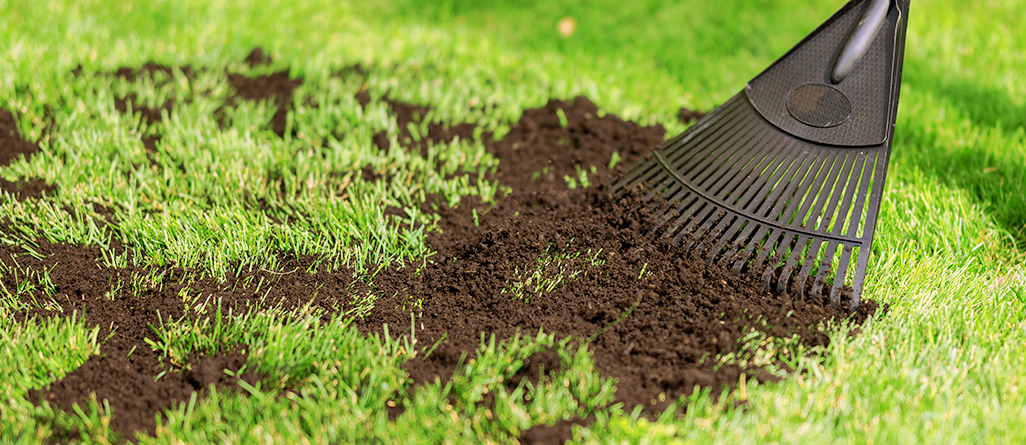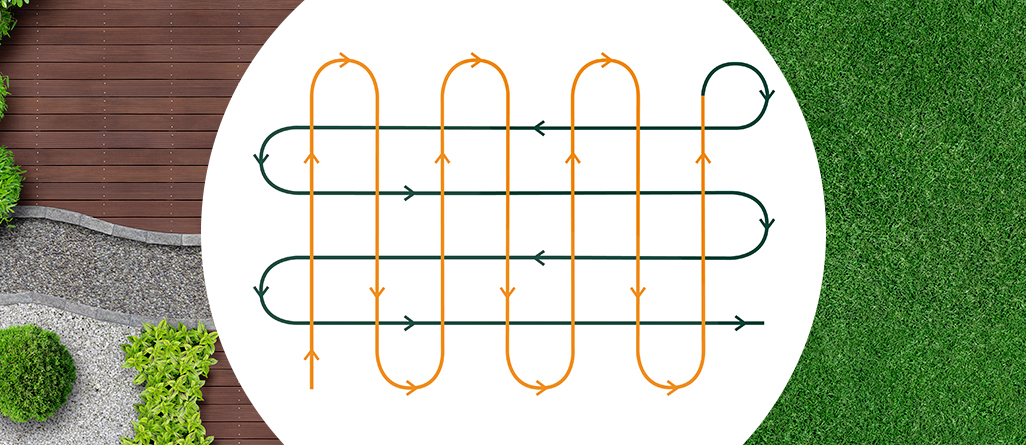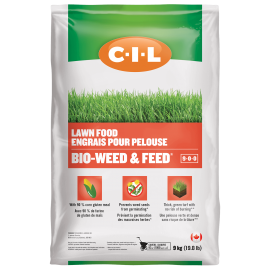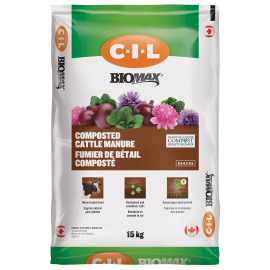How to seed a lawn
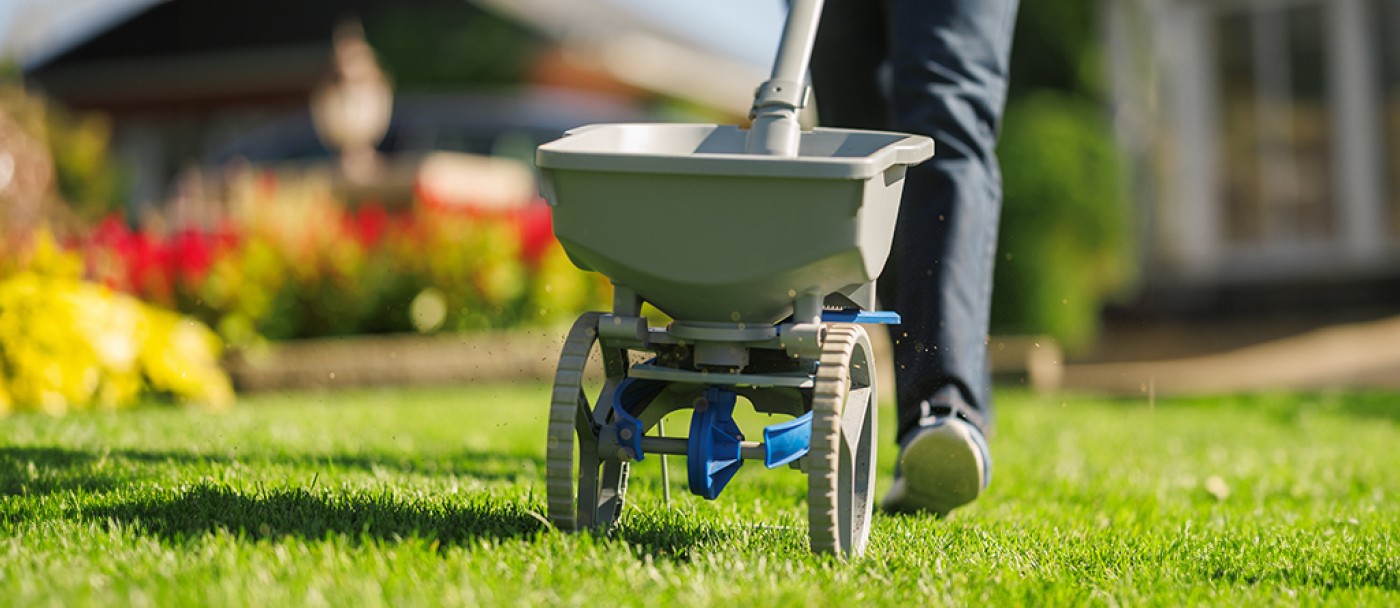
If you didn't sow grass seed in the spring, the best time to do so is mid-August to mid-September, whether to thicken an established but sparse lawn, or to start a new lawn.
Spreading quality grass seed where the lawn is sparse is the best way to fill in empty spaces to create a dense surface and prevent weeds from becoming established!
Why sow lawns at the end of summer
- The evenings are cool. Grass is a cool weather plant.
- Lots of morning dew. You will realize this when walking barefoot early in the morning.
- The days are shorter. The heat associated with long summer days is behind us, and grass responds better to less sunny days. Like hydrangeas and other late-blooming plants, grass wakes up and gains vigour at this time of year.
- The ground is cooler. There may still be some warm weather, but ground temperatures are cooling regardless. This promotes the development of grass roots. If you play golf, you know that fall conditions are ideal. This is because the grass is in better condition.
How to prepare the ground
For the best results, grass seed must be planted in loose soil, without stones or plant debris, carefully raked and leveled. It is important to have effective seed-to-soil contact. You can use a metal roller filled with water to compress it (available for rental or loan from the store where you purchased your seeds), or if patching bare spots, pat the area with the back of a shovel or stomp it with your foot.
If the existing soil is of good quality and free of weeds, simply amend it by incorporating 2 to 3 cm of lawn soil (which is approximately equivalent to a 25-litre bag of soil per square metre). A quality lawn soil consists of sphagnum peat moss and compost with added fertilizer to provide the essential elements for establishing a vigorous and healthy lawn.
If your soil is sandy or clayey, amend it by incorporating compost. Whether you use lawn soil or compost, be careful not to smother the existing grass in areas where the soil is not bare. To thicken a sparse lawn, simply add a light layer of compost before overseeding.
OUR ADVICE: If you have not carried out a soil test in the last two or three years, do so before sowing. By knowing the composition of your soil, you can correct deficiencies if necessary and ensure that your lawn has access to the nutrients it needs. For more information, also read: What will a soil test tell you?
Which seeds to choose
Quality grass seed contains a mixture of different varieties of lawn grasses. Its composition has been specially formulated to provide a green lawn, in virtually any conditions.
Don't be tempted by cheap seeds. Their germination rate can be much lower. Those mixtures may contain empty hulls, fillers, annual grasses which will die off during the winter, and weed seeds. Checking the germination rate indicated on the bag can help you make an informed choice.
Also consider the sunlight conditions where you are sowing. Some lawn grasses grow best in the sun while others perform well in the shade. All-condition seeds are specifically blended to grow in either sun or shade and can be used in different sections of the lawn.
It is important to know that higher quality seeds will not germinate as quickly as lower quality seed mixes. However, inexpensive lawn seeds will not survive the heat and drought conditions that are increasingly prevalent between July and August. They are also likely not to be adapted to the Canadian climate. Keeping them green and dense over the years is a real challenge.
Choosing a quality mixture, designed for local lawns, guarantees you a lasting result with minimal maintenance.
How to seed a lawn
- Spread seed at a rate of approximately 1 lb per 400 ft2. You can do this manually or using a spreader.
- For best coverage, use the spreader and evenly distribute half of the seed in one direction. Make a second pass to apply the other half, following a perpendicular path.
- Using a leaf rake, rake over the surface to barely cover the seeds with soil.
- Ensure good contact of the seeds with the soil by compressing with the back of the shovel, feet, or using a roller.
How to properly water your lawn

After seeding, water lightly once a day in the first week, once every two days in the second week, and once every three days in the third week. Water in the form of a fine rain to prevent the water from running off, carrying the grass seeds with it.
Once germination and establishment is complete, water only when the soil is dry to a depth of 1 cm. If rain is forecast, use your best judgment.
It is essential to water adequately. After germination, about four weeks after sowing, water generously, but less often. Deep watering is the key to success. Your lawn needs about 3 cm of water per week, including rain.
The roots of the grass blades will be longer as they will seek to absorb the water coming down. During the hot days of July, your lawn will be able to draw water from deeper in the soil and will have an easier time bouncing back when temperatures cool down in the evening in August.
